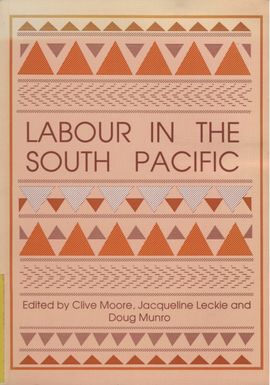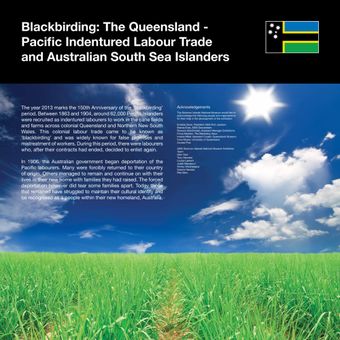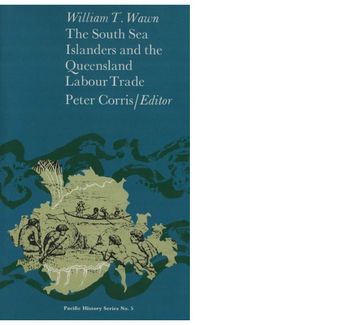Labour in the South Pacific
- Description:
- This volume aims to both survey and penetrate in some depth aspects of labour history in the South Pacific. Clive Moore and Jacqueline Leckie were asked to organise a project which might involve co-operation between two far-flung universities, the University of Papua New Guinea and the University of the South Pacific. Doug Munro joined the editorial team and he shared the conviction that this volume should not just meet student and academic interests but take a crucial step towards reconstructing the history of the labouring lives of Pacific Islanders. It was partly with this aim, that a section of this book explores aspects of the institutional history of labour, including trade unions, in the Pacific.
- Display date:
- 1990
- Location:
- Solomon Islands
- Collections:
- Solomon Islands National Museum
- Content partner:
- Solomon Islands National Museum
- Availability:
- Online
-
Copyright status: All rights reservedFind out more about what you are able to do with this itemThis item is all rights reserved, with means you'll have to get permission from Solomon Islands National Museum before using it. For more information, please see our use and reuse page.What can I do with this item?Non-infringing useNZ copyright law does not prevent every use of a copyright work, and this item may be hosted by an international institute or organisation. You should consider what you can and cannot do with a copyright work.No sharingYou may not copy and/or share this item with others without further permission. This includes posting it on your blog, using it in a presentation, or any other public use.No modifyingYou are not allowed to adapt or remix this item into any other works.No commercial useYou may not use this item commercially.
Related items
Welcome and warm Pasifik greetings
The information on this site has been gathered from our content partners.
The names, terms, and labels that we present on the site may contain images or voices of deceased persons and may also reflect the bias, norms, and perspective of the period of time in which they were created. We accept that these may not be appropriate today.
If you have any concerns or questions about an item, please contact us.


